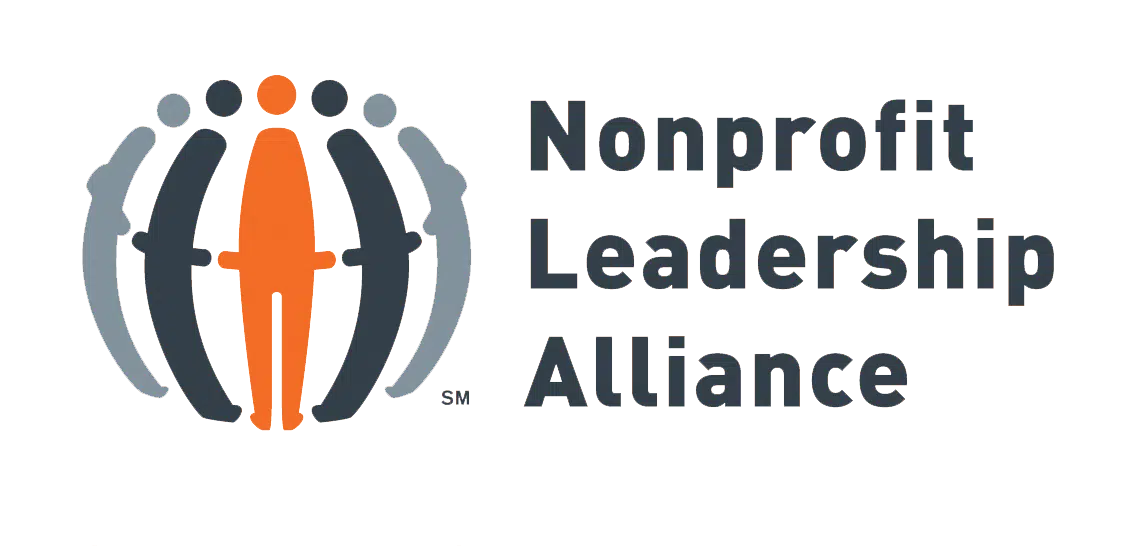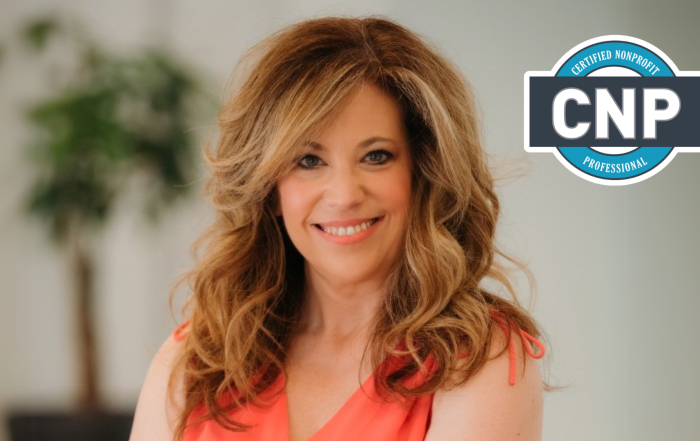When you think of overhead, you may let out a sigh. Nonprofit professionals know the implications of overhead and may be nervous to disclose just how much they spend on these operational expenses.
However, we’re here to explain the importance of nonprofit overhead and debunk prominent overhead myths. This way, you can feel more at ease when discussing overhead and confidently portray why these costs are necessary to donors, board members, and other stakeholders.
Before we begin, let’s refresh your memory on what constitutes nonprofit overhead costs.
What are nonprofit overhead costs?
Nonprofit overhead costs are expenses a nonprofit needs to support its operations and infrastructure. Generally, they represent expenses that aren’t directly tied to specific programs or activities, and you may hear them referred to as administrative, fixed, or indirect costs. Overhead expenses can cover the following categories:
- Management and general expenses
- Fundraising expenses
- Membership development expenses
Your nonprofit includes these costs as supporting activity expenses in the financial statements you compile, such as the Statement of Activities and Statement of Functional Expenses. By indicating the nature of these expenses, you can stay transparent about your resource allocation to stakeholders and properly report expenses on your Form 990.
Now, let’s dive into some common myths about nonprofit overhead costs and the realities of these expenses.
Myth #1: Nonprofits should keep their overhead costs below a certain percentage of their expenditures.
This is perhaps the most common overhead myth. Many organizations throw around a certain percentage of overhead that nonprofits should stick to.
Some claim that the magic ratio is 15-20% while other estimates are up to 35%. The difference in these numbers alone should point to the fact that there is no “magic percentage” that nonprofits need to follow.
Expecting all nonprofits to dedicate the same percentage of funds to overhead and maintain that breakdown over time can limit their growth and ability to adapt to changing circumstances. Additionally, these estimates don’t take into account unique factors like your nonprofit’s age, size, and geographic location. To be truly sustainable, nonprofits must invest in necessary overhead costs while focusing a large portion of their funds on program expenses.
As YPTC’s nonprofit accounting guide explains, “Instead of blindly cutting overhead costs to reach a certain percentage, be strategic about limiting your overhead, and ensure you’re allocating enough funds to this area to keep your nonprofit running smoothly.” As your nonprofit grows and changes, the amount you need to dedicate to overhead may shift, and that’s okay. Work with your team to find your optimal overhead breakdown.
Myth #2: A high overhead ratio indicates that a nonprofit is inefficient or ineffective.
Some donors and other stakeholders use an organization’s overhead ratio as a measure of how efficient or effective that nonprofit is. The perception that lower overhead ratios equate to better nonprofit performance is quite misleading.
As mentioned above, every nonprofit needs a different overhead ratio to function at top capacity. Using overhead ratio as an indicator of effectiveness doesn’t take into account the investments nonprofits need to make to ensure their operations run smoothly so they can continue to push their missions forward, which we’ll touch on more in the next section.
More holistic ways to measure nonprofit effectiveness include assessments of program outcomes, financial health, and long-term sustainability. Use your nonprofit accounting software and database to pull relevant metrics so you can evaluate your nonprofit’s effectiveness, and share this data with your stakeholders.
Myth #3: Overhead costs don’t contribute to a nonprofit’s impact at all.
It’s true that overhead costs don’t directly go to programming, but that doesn’t mean they don’t have an impact on your nonprofit’s mission.
Overhead costs are necessary for building your nonprofit’s capacity to execute its mission. As Double the Donation’s nonprofit capacity building guide explains, “Investing in tools and training that help team members perform their roles effectively makes day-to-day tasks more efficient. With less time going to logistics, you can spend more time on mission-critical activities.”
The investments referred to in this context are overhead costs. It takes the right tools, team members, and training to make a difference—all of which are paid for with overhead costs. If you need help deciding how much to budget for overhead expenses, consider hiring a fractional CFO who specializes in nonprofit financial planning.
Myth #4: All donors will refuse to contribute to overhead costs.
It’s true that many donors grumble about contributing to overhead costs as opposed to program costs. They want their donations to make a tangible difference to your beneficiaries—which is admirable. But as we explained in the previous section, overhead costs do contribute to a nonprofit’s ability to make an impact.
Nonetheless, donors may be hesitant to contribute to overhead costs due to preconceived notions. So, how can you help donors see why assisting with these expenses is important and necessary?
A study by behavioral economist Uri Gneezy reveals that your nonprofit can take action to combat overhead aversion. During the study, Gneezy and his team worked with a foundation to test the hypothesis that providing overhead-free donation opportunities would entice people to contribute. The researchers studied four groups of 10,000 participants each, including a:
- Control group, in which no incentives were offered for donating.
- Seed group, in which the researchers told participants that the foundation had already secured $10,000 toward their project from a major donor.
- Match group, in which the researchers told participants that the foundation had already secured $10,000 toward their project from a major donor that they would use as a matching grant.
- Overhead-free group, in which the researchers told participants that the foundation had already secured $10,000 toward their project from a major donor that would be used to cover all overhead costs.
Gneezy and his team found that while the seed and match groups contributed more than the control group, the overhead-free group contributed significantly more than all of the other groups, indicating that “donors care not only about helping the cause but also about how doing so makes them feel.”
As a result, Gneezy and his team recommend playing into this finding and offering overhead-free donation opportunities to smaller donors by working with major donors to secure contributions that will cover overhead costs. Gneezy points to charity:water as an organization that has successfully leveraged this approach by creating a branch dedicated to accepting public donations toward the cause itself and another called “The Well” that collects contributions to cover all overhead expenses from a small group of private donors.
The bottom line here is that your nonprofit should allocate as much money as it needs toward overhead to operate at top efficiency and effectiveness so you can fulfill its mission.
Did you enjoy this story?
Get nonprofit tips and tools delivered right to your inbox by joining The Nonprofit Leadership Alliance Newsletter. Our bimonthly newsletter will make sure you know what’s happening with our network of social sector leaders.
Types of Tools to Strengthen Your Grants Compliance Approach
When grant funding is an important revenue source, grant compliance becomes critical to nonprofit success. Without it, grant funding could be jeopardized, putting vital programs and initiatives at risk. This makes optimizing your grants compliance
Introducing April 2025’s Certified Nonprofit Professional (CNP) Cohort
The Nonprofit Leadership Alliance is proud to introduce April 2025’s Certified Nonprofit Professional (CNP) Professional Track cohort! This group of nonprofit professionals have begun their six-month journey, participating in one of only four cohorts offered
How Darcy Swan, CNP, Leads Youth Development at the YMCA of Greater Kansas City
Amid a whirlwind of shifting priorities and tight deadlines looming in 2025, Darcy Swan, CNP, does what she always does. She pauses to make space for people. Her team had been stretched thin. Last-minute changes



